Louis Pasteur was born on December 27, 1822 in Dole, Département Jura. The third of five children, he grew up in various villages, finally Arbois. His parents made a living from tanning (processing raw animal skin into leather). At about 12 years of age, he won so many school prizes that his teachers recommended that he prepare for the École Normale supérieure in Paris. His first attempt was abandoned because he was too homesick. On his second attempt in 1842, he finished the preparatory year ranked 15th out of 22 candidates and was thus admitted to the École Normale. He was not satisfied with this result, so he repeated the year, this time finishing in 4th place. Afterwards, Pasteur studied at this school for five years, working part-time as a pasteurizer.
Louis Pasteur (1822 to 1895)
BackLouis Pasteur a Chemist, physicist and biochemist
Louis Pasteur was one of the most important chemists and physicists. At first, he was not a conspicuous student; it was only in his early teens that he was noticed for his interest and talent in physics and chemistry. After his schooling at l'École Normale Supérieure and his doctorate, he teached for a while, made his own researches in the fermentation process, became the founder of stereochemistry and rose to more and more fame. He also had great success as a university professor and later director of the École Normale. His later move to veterinary and human medicine brought him one of the greatest successes. He laid the foundation for the vaccine industry with his research and the successful production of various vaccines.
Pasteur published several works of literature. Among them was a detailed description of fermentation and pasteurization. There are also numerous biographies about him, his life and his discoveries. His work earned him numerous honors such as induction into the American Academy of Arts and Sciences and the National Academy of Sciences, several cash prizes, and the Institut Pasteur. In French polls before the time of Napoleon, Pasteur was considered the most important Frenchman who ever lived. His former home at the Institut Pasteur and his old apartments in Dole and Arbois are now museums. There are numerous monuments to him all over the world. As well as numerous inscriptions of streets, districts, islands, a bacterial family, a ship and his former Collège in Arbois named after him. Also the Louis Pasteur Medal, a prestigious scientific honor for physicians, awarded by the Louis Pasteur University of Strasbourg before 2009.
Pasteur was an avowed patriot. His political stance was conservative to reactionary. Among the people, he was considered a Bonapartist. In 1875, he ran for a seat in the Senate for the Conservatives in his hometown of Arbois, but failed miserably because of his attitude toward Napoleon. He had a certain hatred for Germany, which probably intensified during the Franco-Prussian War. In a letter to a colleague, he wrote that in the future he would title all his works "Hatred of Prussia. Revenge." When the University of Bonn awarded him an honorary doctorate, he returned it on the basis of this in 1870. He also refused to accept the Prussian order Pour le Mérite until shortly before his death.
Doctorate in natural sciences (1847)
After his five years at the École Normale, Louis Pasteur passed the teaching examination in 1846. A year later, his two doctoral theses earned him a doctorate in the natural sciences, pronounced docteur-ès-sciences in French. His thesis in physics was on the study of the phenomena of the rotatory power for polarized light of liquids; application of the rotatory power of liquids to the solution of various problems of chemistry. In his second work in chemistry, he investigated the saturability of arsenic acid and the arsenic acid salts of potassium, sodium and ammonium.
In 1848, Pasteur worked briefly as a high school professor of physics at the Lycée in Dijon, and then in January 1849 he traveled to Strasbourg where he worked as an assistant professor of chemistry at the university.
Marriage with Marie Laurent and children (1949)
After Louis Pasteur arrived at the University of Strasbourg in January 1949, he met Marie Laurent, (15 January 1826 - 28 September 1910) the daughter of the rector. He married her already on May 29, 1849 at the age of 26. Marie was 23 years old. Together, the Pasteur couple had 5 children. Of these five, three died of typhoid fever in childhood and youth. Jeanne was only 9 years old (1850-1859), Jean Baptiste (1851-1908) who was a soldier later, Cécile who became 12.5 years old (1853-1866), Marie Louise (1858-1934) and Camille who died at the age of 2 (1863-1865).
Return to the École Normale in Paris (1857)
In 1853, Pasteur was admitted to the Legion of Honor and was awarded 1500 francs by the Société de Pharmacie (Pharmaceutical Society) for his exceptional work in the field of natural sciences. His fame and prestige in the scientific field continued to grow. Thus, in 1854, he was appointed dean and professor of chemistry at the Faculty of Sciences in Lille. The newly established faculty gave him the opportunity to introduce a new concept of education. This involved teaching and training science students in the laboratory as well.
Three years later, in 1857, Pasteur became director of scientific studies and administrator of the École Normale in Paris. Louis was 34 years old at the time. These two positions primarily involved leadership duties but no direct research work. Nevertheless, he immediately set up a small laboratory in two attic rooms of the school, where he continued the studies and research on the fermentation process he had started in Lille.
Pasteur founded the journal "Annales scientifiques de l'École Normale Supérieure," in which he published all the school's research results. Until 1871, he was the wheel editor of it. At that time, there was an opportunity to work at the École Normale as a laboratory assistant for seven or eight years. Louis Pasteur increased the number of positions and reduced the length of the contract to two years. This encouraged more students to graduate with doctorates. These and other measures led to a much better reputation for the École Normale. In previous years, 50-70 people applied each year for the 15 available places. At the end of Pasteur's presence, there were up to 230.
In 1867, however, Pasteur could no longer withstand the student unrest that had broken out and moved to the Sorbonne to work as a chemistry professor.
Admission to Académie des sciences and research (1862)
During his time at the École Normale, Louis Pasteur came into direct contact with Napoelon the Third. Through this acquaintance, Pasteur was again allowed to spend his activity more intensively in research. He was also elected in 1862 to the Académie des sciences, which only admits particularly outstanding representatives of their major field.
In 1865, the government asked Pasteur to work on the diseases of silkworms. As a result, he spent every summer in the south of France in a field laboratory until 1870.
At that time, Napoleon the Third authorized him to build a new laboratory. But the Franco-German War interfered, delaying construction and causing Pasteur to retreat to his native law and study beer brewing. Back in Paris after the war, Pasteur demanded the pension already promised in advance from the Emperor in the amount of 12000 francs. Thanks to this money and his request to be relieved of all teaching duties, he was able to devote himself entirely to his research work on fermentation, diseases of silkworms, beer and "Generatio spontanea" (spontaneous generation of life) for the next few years.
Switch to veterinary and human medicine (1876)
Louis Pasteur changed his field of research to infectious diseases of humans and domestic animals in 1876. Since this topic was new to him, he began research on anthrax. An infectious disease that occurs mainly in herbivorous animals but also in humans. Pasteur succeeded in producing a vaccine to protect against anthrax and so a second laboratory was built for its production. This laboratory represents the beginning of the whole vaccine industry. After this success, Pasteur devoted himself to rabies research, which he was able to carry out in the old stables of the Saint-Cloud castle. Ten percent of France's total expenditure on research went at times to Louis Pasteur's work.
Institut Pasteur (1888)
Louis Pasteur lived for his research. He had no known hobbies on the side; he practically never left his neighborhood in Paris. He ran his laboratory in an authoritarian manner like a "family man". Towards his employees and students, he was considered to be completely humorless. In 1882, the state increased Pasteur's life pension to 25,000 francs, which he could also bequeath to his wife and children. This sum was about twice the salary of a university professor at the time. Also in 1882, he was admitted to the Académie française as an "immortal". In November 1888, the Institut Pasteur, built with the help of numerous donations received after the successful rabies vaccine, was inaugurated. Pasteur was 65 years old at the time. The Institut Pasteur in Paris is still one of the world's leading basic research centers for biology and medicine.
Pasteur lived in the first part of the building from 1888. His wife Marie continued to live there after his death. Today it is a museum.
Louis Pasteurs Death (1895)
Louis Pasteur had several strokes towards the end of his life, which also made it no longer possible for him to actively participate in research. His body suffered more and more paralysis until, shortly before his death, he could no longer move at all. Louis Pasteur died on September 28, 1895, at the age of 72. His body was buried in a crypt under the Pasteur Institute, as was later that of his wife.
Embedded Videos
Louis Pasteur - Scientist / Mini Bio
Louis Pasteur: The Man Who Saved Billions of Lives
Louis Pasteur Documentary The Father of Germ Theory
Comments & Conclusions
Pasteur's life's work like no other
Louis Pasteur was one of the most important scientists in the world. Through him, a lot of knowledge was created that is crucial today in the entire nutrition industry as well as in medicine. He contributed a lot to the fact that today we develop vaccines, know how to protect ourselves against infections, and can save many lives. His dedication to research is remarkable. As you can read, he had practically no other occupations in his life than his work. His wife, as an assistant, also devoted herself fully to Pasteur's research and to the family. It is exciting to see how Louis Pasteur became more and more famous and successful over the years, how he received various honors and jobs, and how he lost three of his five children to typhoid fever in the same years.
The life work of Louis Pasteur is an outstanding and incomparable work. His research work and results have made history and saved people's lives not only in France but all over the world.
Simultaneous events, periods or persons of Louis Pasteur
| Persons/Events/Periods | Subcategory | From | To | Reason of importance |
|---|
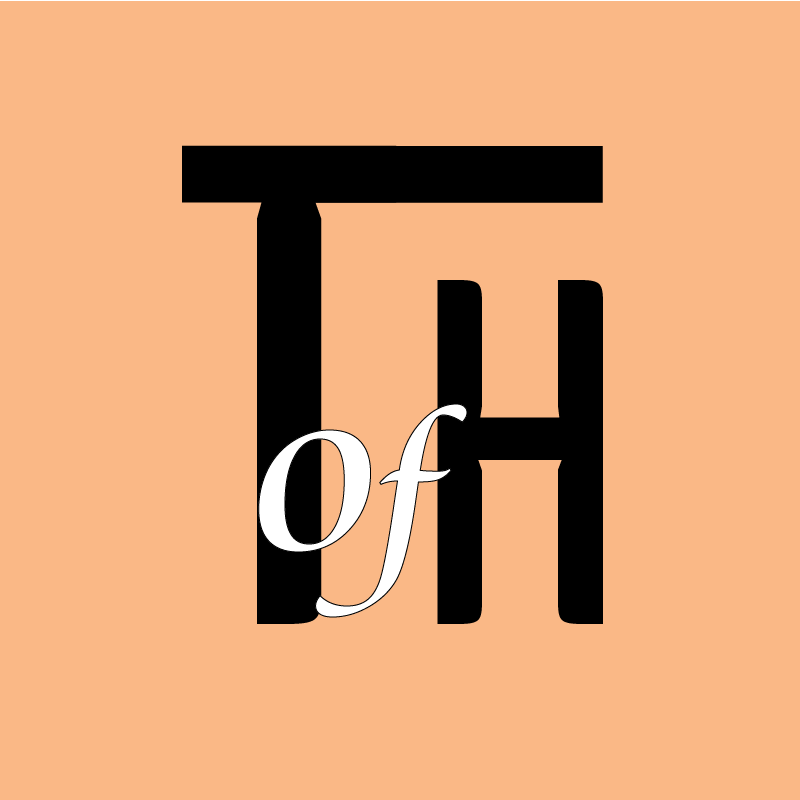
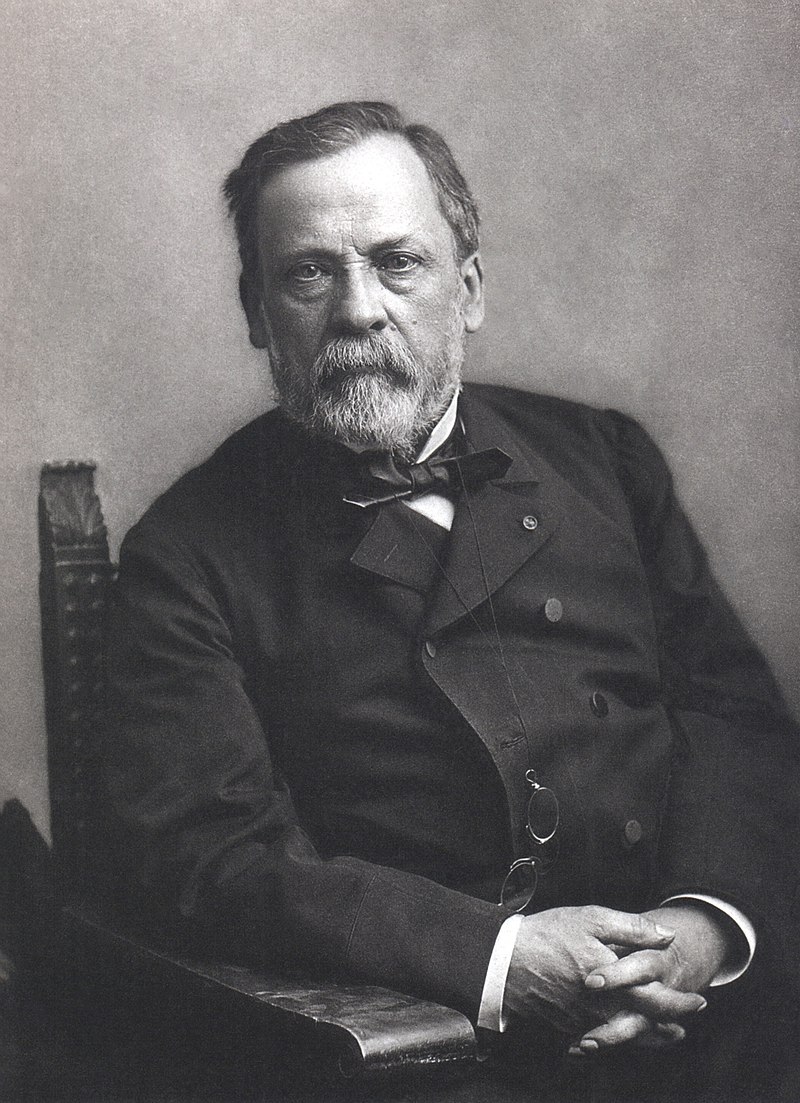

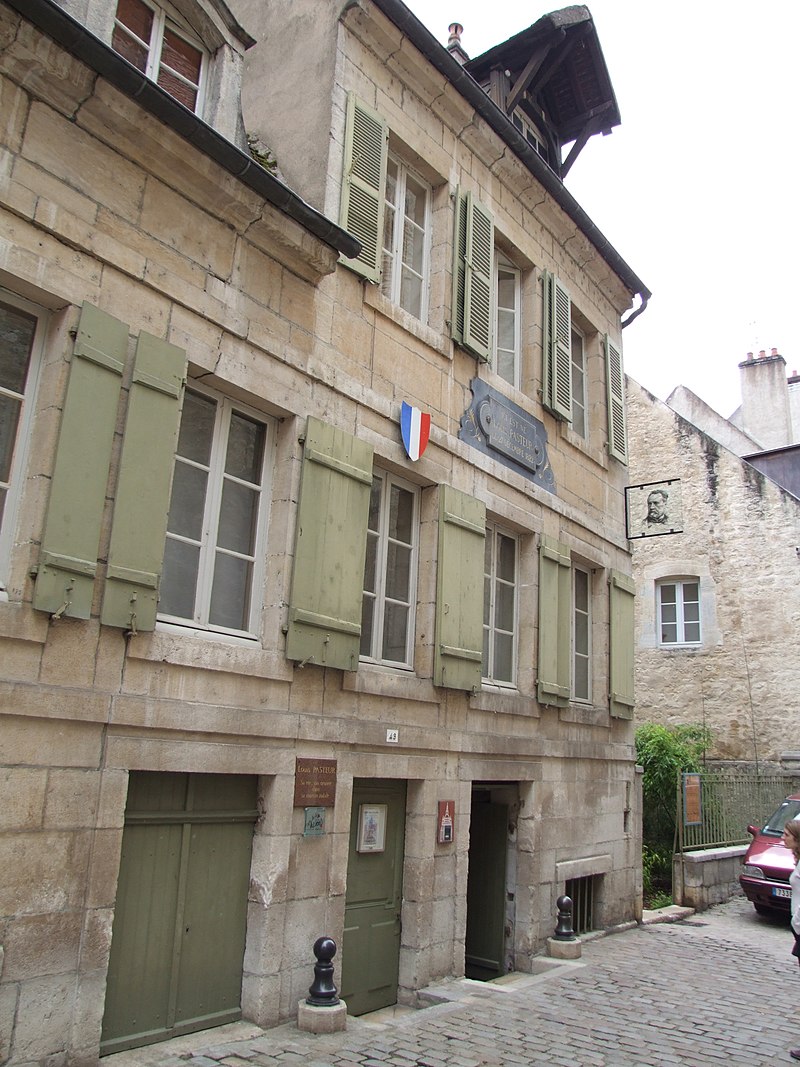
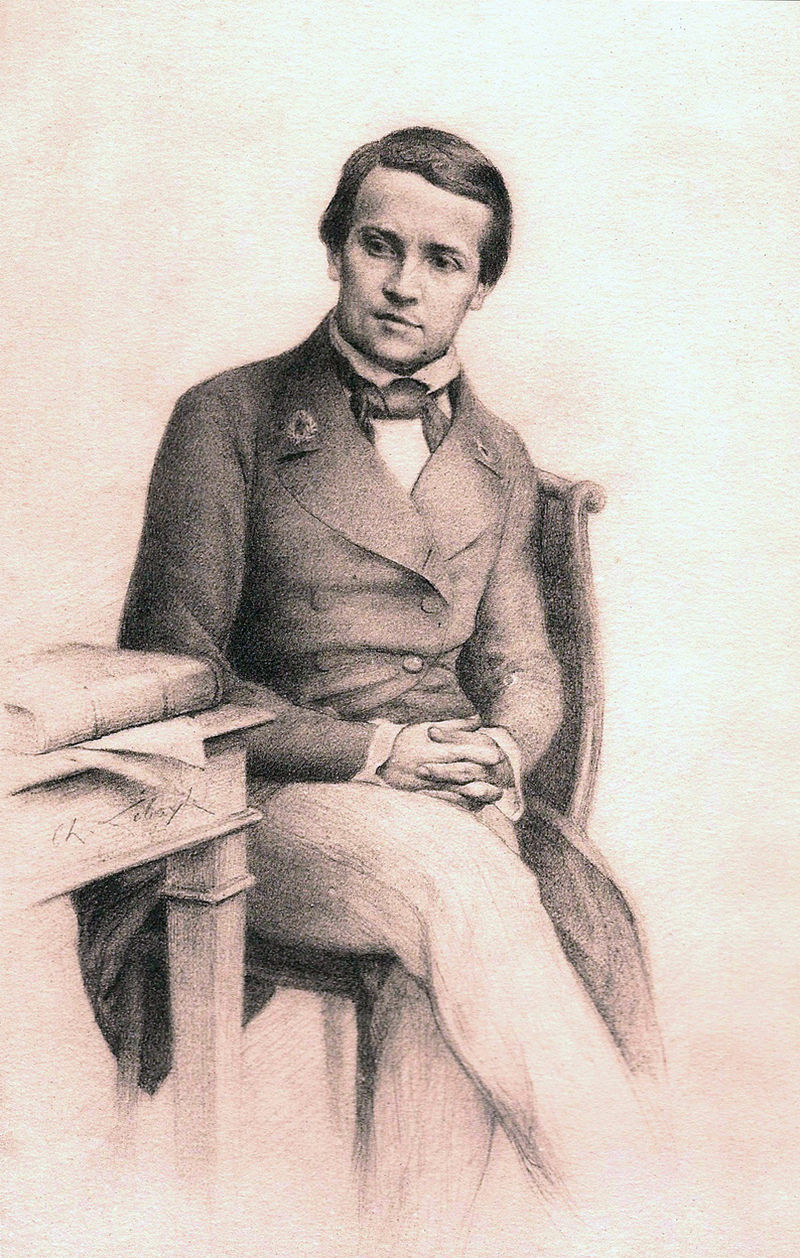
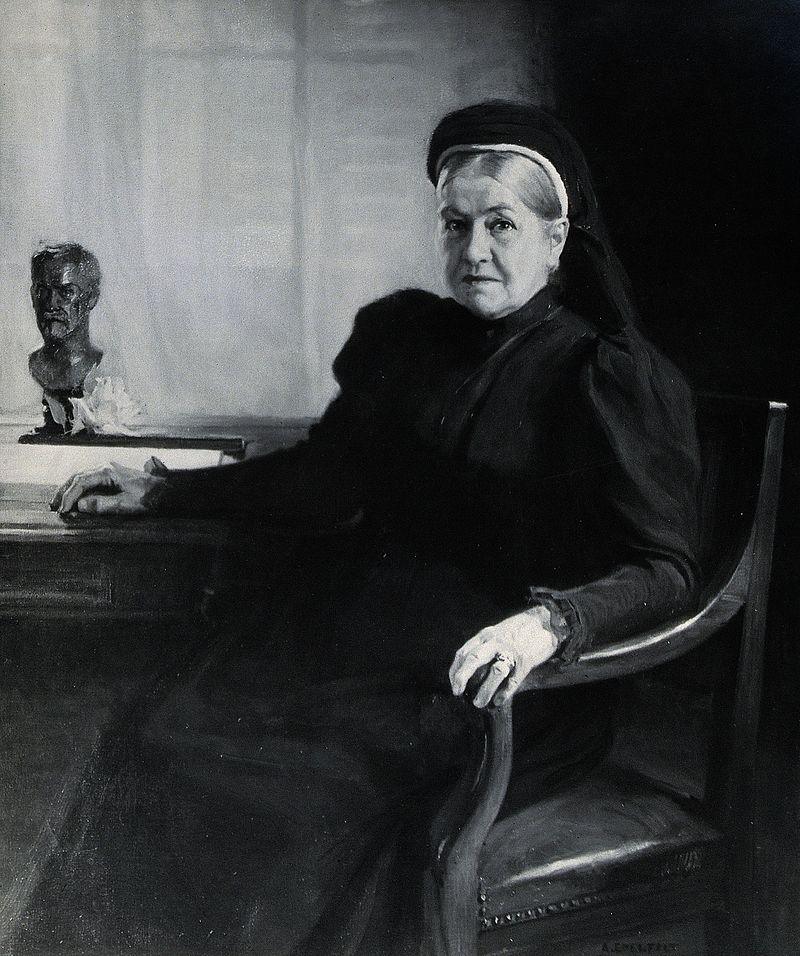
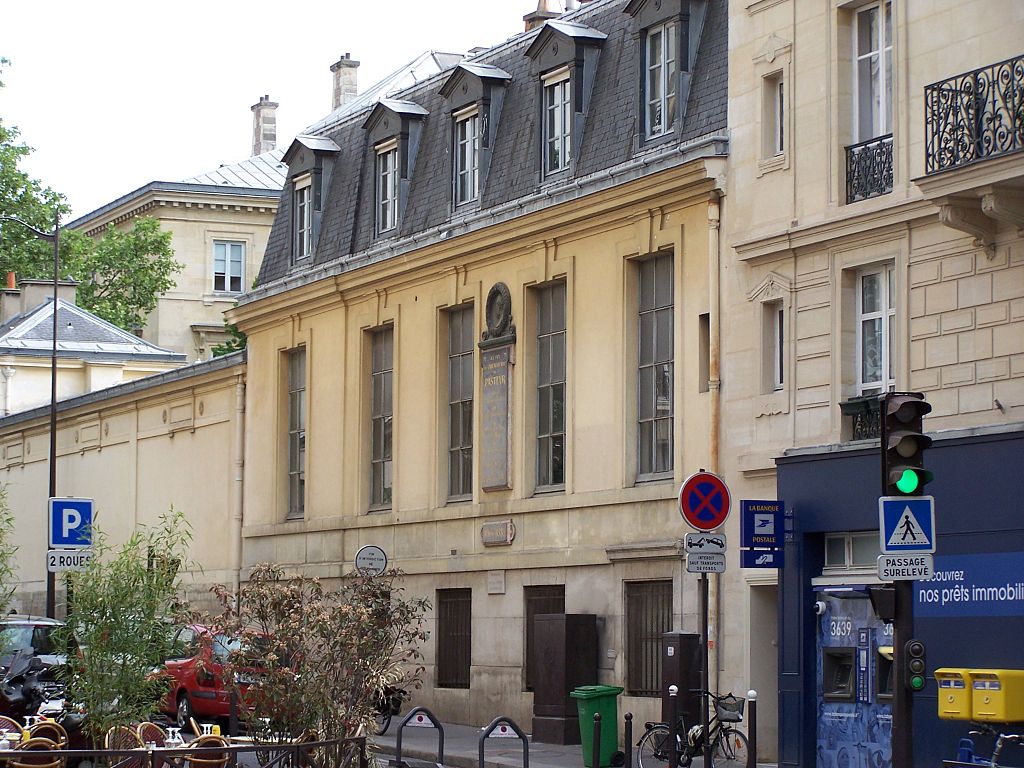
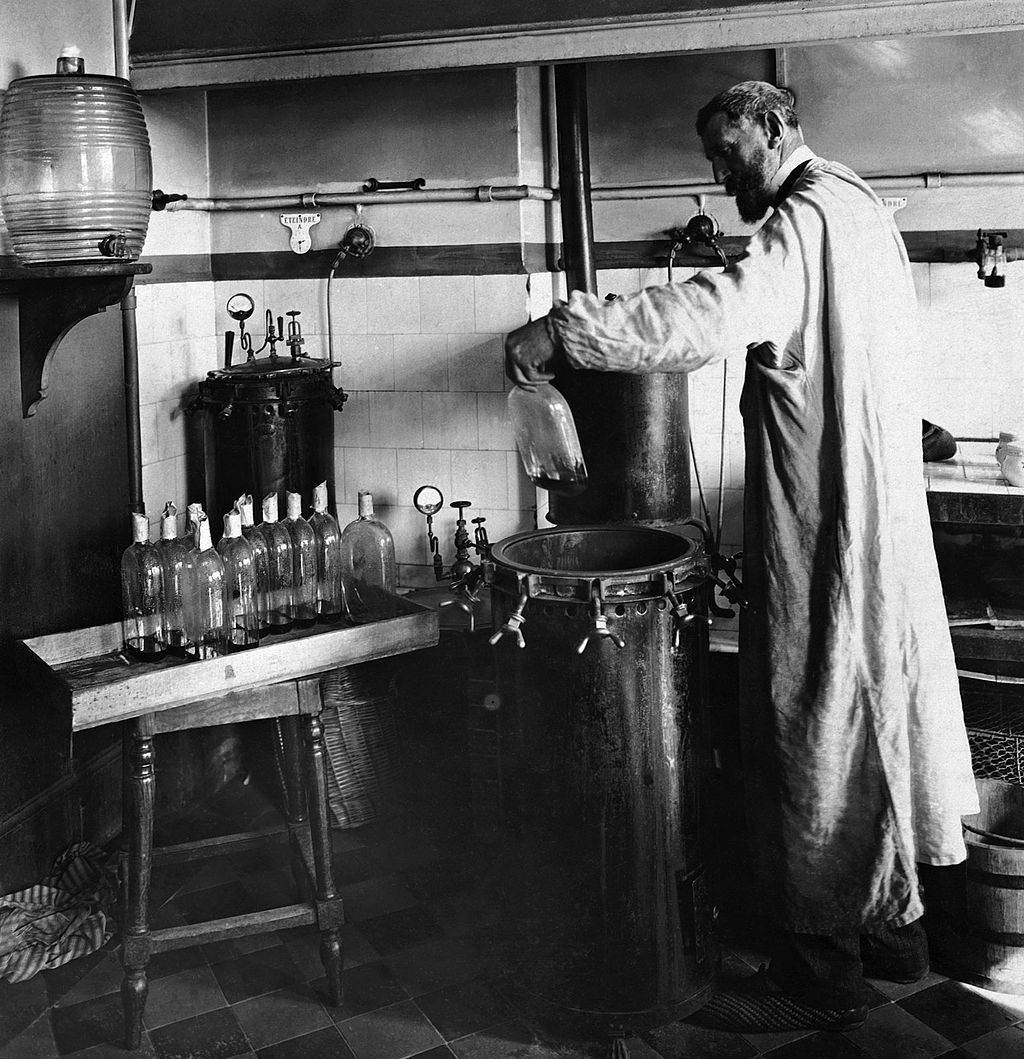
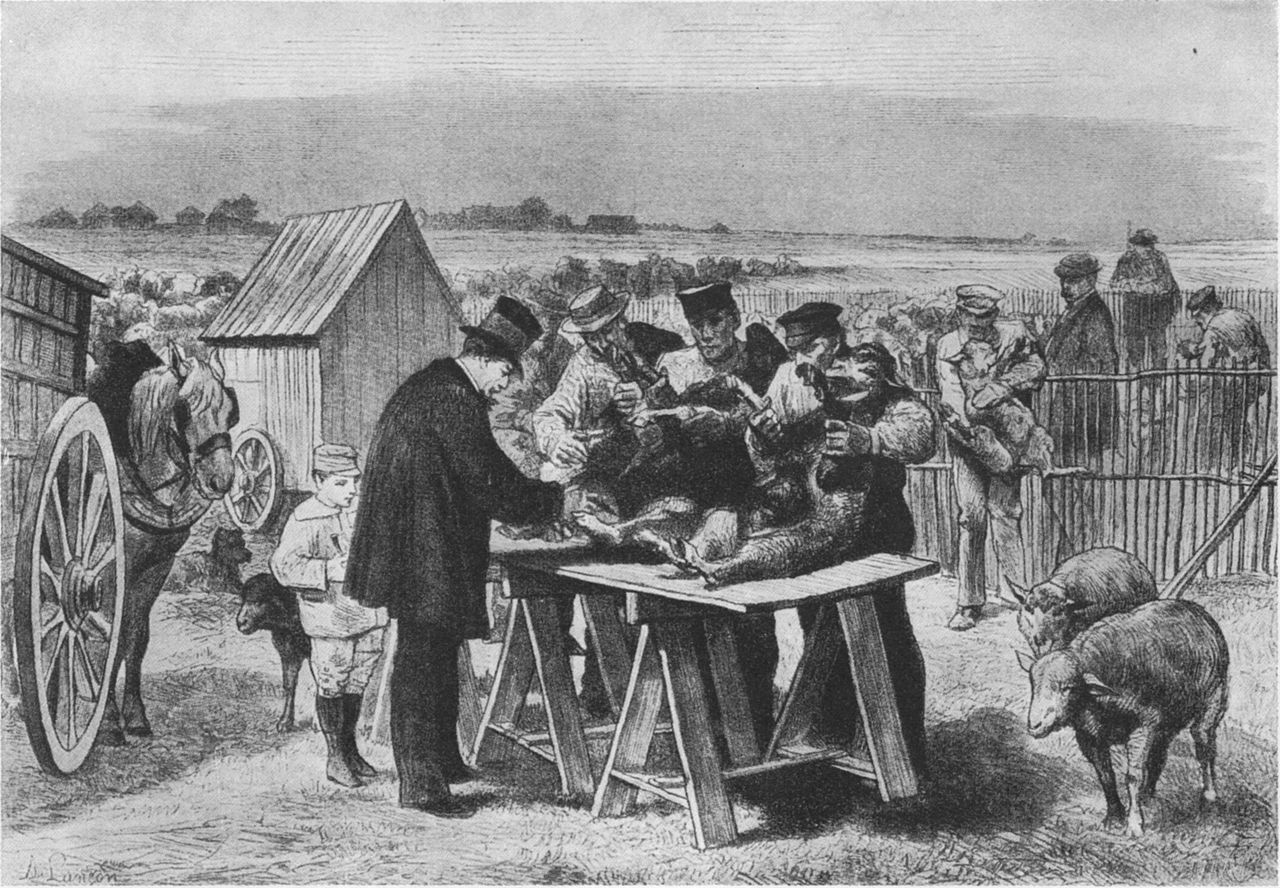
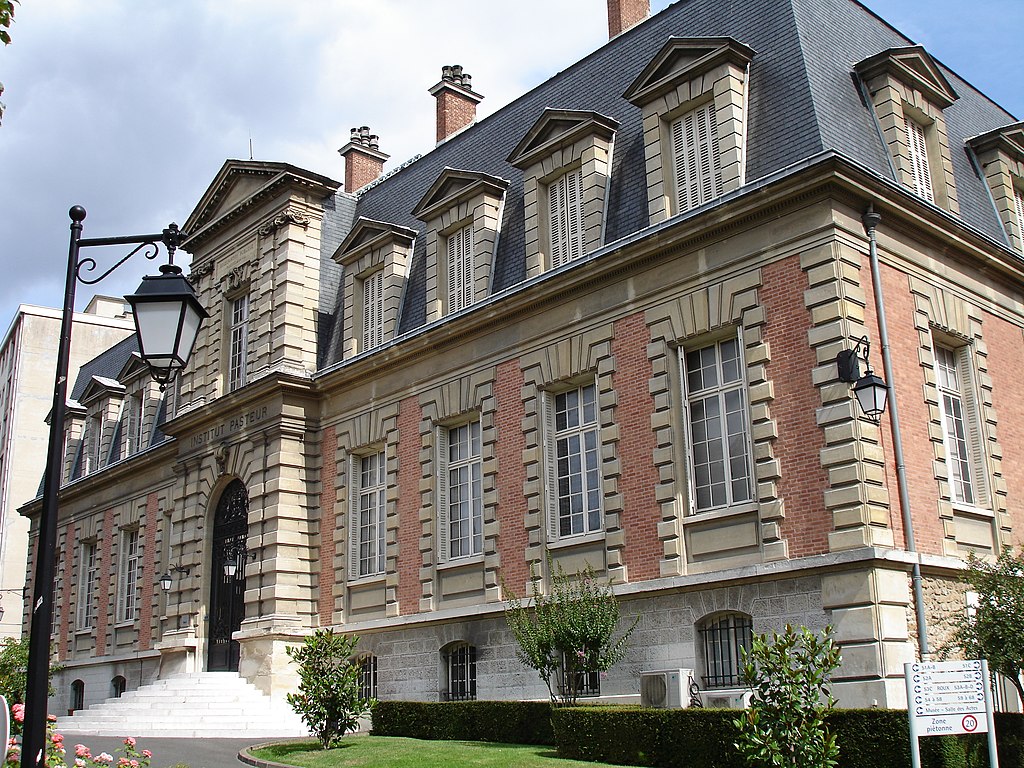
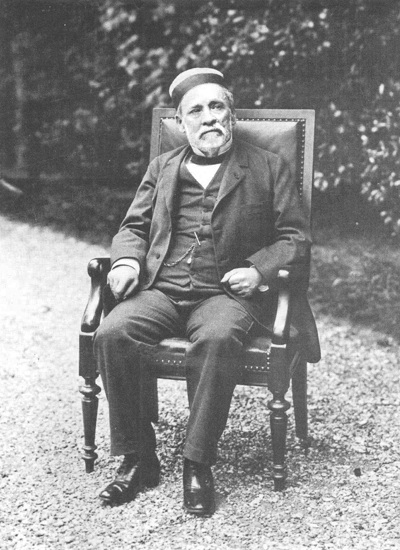

Comments
Links